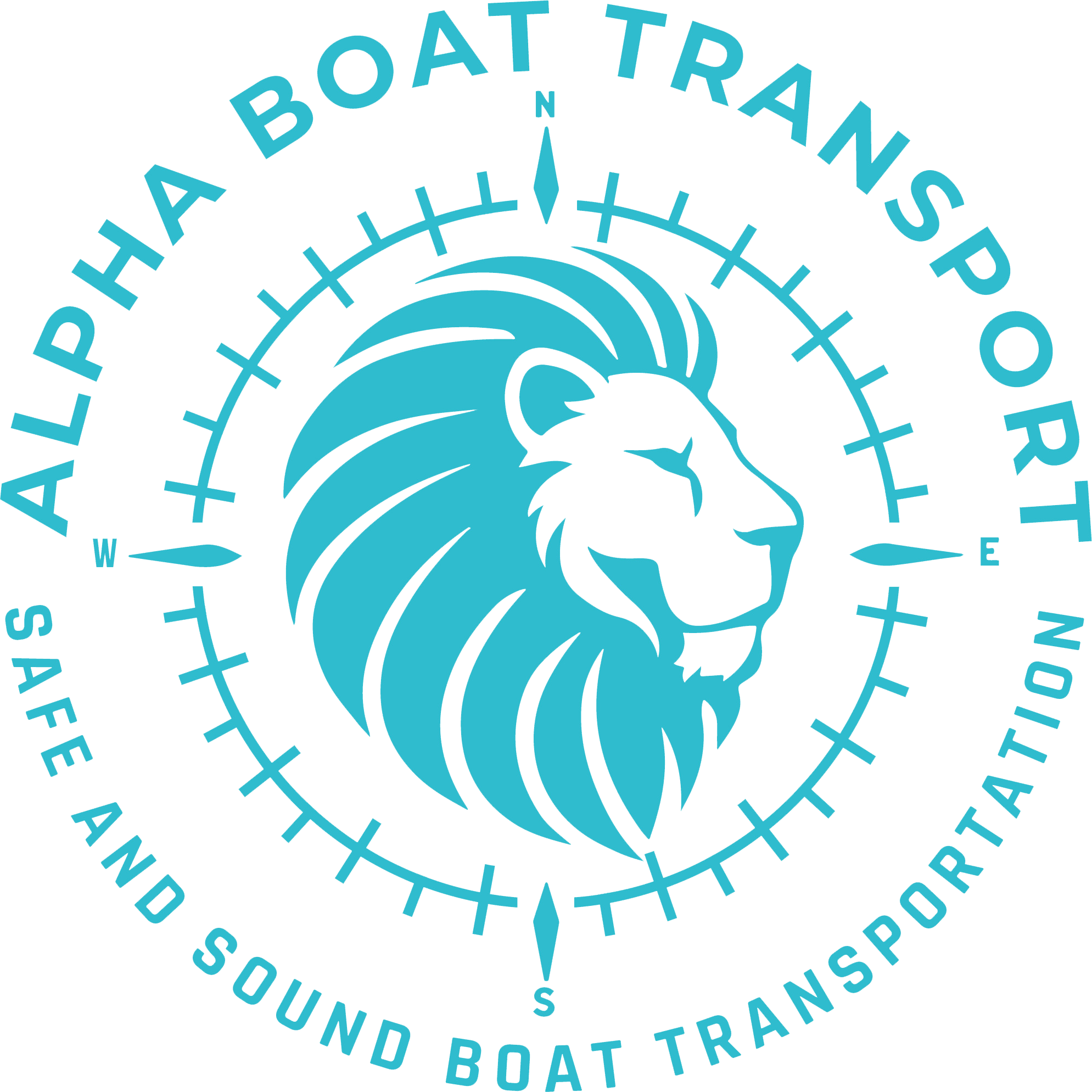Route Planning Delays Boat Transport? What Owners Must Know in 2025
Did you know that 68% of boat delivery delays in 2025 are linked to poor route planning for oversized loads? Let me tell you something—moving boats these days ain’t what it used to be. You’ve got narrow overpasses, weight-restricted roads, seasonal detours, and states tightening the screws on oversized permits. It’s a logistical minefield. According to fresh industry data from IBISWorld’s 2025 Global Ship & Boat Building Industry Report, boat transport’s complexity is skyrocketing, especially for private owners and brokers dealing with inland transit of luxury and oversized vessels.
Bottom line is, if your transport company doesn’t get the route right—you pay the price. Delays, damage, citations… and trust me, you don’t want to fight an overweight ticket in Georgia during peach season.
Why Route Planning Wins (or Wrecks) Your Boat Delivery
Here’s the thing—route planning isn’t just about “left at the Shell station, past the silo.” We’re talking bridge heights, lane widths, wide load escort rules, and unpredictable construction projects. States like Florida recently dropped their overwidth survey requirement from 16 feet to 14’6”—you think that’s a small change? Wrong. That alone adds another 24–48 hours to route approvals.
Then there are seasonal regulations like frost laws in northern states, which prevent heavy loads on thawing roads. If your load weighs more than 80,000 pounds combined with the trailer, you might be parked till April, depending where you’re coming from. These delays cause cascading problems, especially if you’re moving boats between popular routes like New Jersey to Florida.
Expert Insights on Oversized Boat Load Restrictions
Now, let me put it this way. Every year, owners call us mid-meltdown because nobody told them about vertical clearance restrictions on I-86 through Pennsylvania. Or they discover late in the game that a houseboat’s width exceeds county limits without an escort. And don’t get me started on tollways. California, for instance, won’t allow night travel for loads over 12′ wide in metro zones. That torpedoes your schedule unless you plan days in advance.
This is where a company like Alpha Boat Transport shines—because our route engineers use AI-integrated systems, not guesswork. Platforms like Trimble Maps—alongside boots-on-the-ground surveyors—map out critical hazards, detours, bridge railings, and itty-bitty service roads that state DOTs barely maintain.
How Technology Handles the Heavy Lifting in Modern Boat Delivery
AI-powered route optimization tools changed the game completely. We’ve got systems that process millions of road metrics—bridge heights, merge lanes, axle loads. Software calculates not just the fastest route but the safest and most legally compliant path. One misstep here could be a five-figure problem. Ask anyone who got tagged with a violation at the South Dakota weigh station on I-90. (Yeah, that happened.)
Alpha Boat Transport integrates these AI systems to handle your long-distance boat hauling efficiently. And every inch of your route is validated by a human route manager who actually knows how a beam width affects turning radius on rural state roads in Ohio.
Insider Tips to Avoid Route Pitfalls with Oversized Boats
Listen, here are three route planning traps boat owners fall into—every single year:
- Ignoring low clearance bridges—I-10 through Mobile, Alabama, has overpasses at 13’11”. A flybridge cruiser hits that, game over.
- Overlooking permit timelines—States like Illinois require 72-hour lead time. You schedule a pickup too early, that man’s sitting with your boat.
- Weekend prohibitions—Some jurisdictions forbid wide load moves on Saturdays and Sundays. If your schedule depends on weekend travel, better reschedule now.
Alpha’s playbook avoids every one of these snags. Our route planning isn’t a last-minute scramble—it’s a pre-departure science, fine-tuned to each state’s quirks.
Boat Size Matters: Understanding Dimension-Based Delays
I was chatting with this importer out of Savannah—he didn’t realize his 30-foot catamaran would demand two escort vehicles through Georgia and a pilot car in Tennessee. Guess how much that added? Over $3,000 in overhead and three days of DOA planning. Boat height, length, and especially width determine the permit class, route assignment, and sometimes even whether you can take the freeway at all.
You know what they say: measure twice, transport once. Alpha doesn’t just move boats; we engineer the trip.
The Hidden Costs of Myopic Route Planning
Let me tell you something—it’s not just the fines or detentions. Improper route planning can massacre your insurance coverage too. If your boat gets whacked by a low bridge because someone didn’t double-check clearance? That’s on the transport company, right? Not always. Many carriers dodge responsibility on a “structural contact” claim if the route didn’t include mandatory clearance validation.
Alpha Boat Transport closes those gaps. We conduct prep inspections and verify oversize routes like it’s our own million-dollar vessel on that trailer. Because sometimes, it is. (I mean metaphorically… unless we’re shipping my cousin’s yacht again.)
Regulatory Red Tape Getting Thicker—What You Can Do
Here’s what most owners don’t realize: states update permit thresholds and regulations mid-year. Florida did it last year, and Florida boat transport got a whole lot trickier. If your transport company isn’t monitoring regional DOT bulletins weekly, then friend, they’re playing with your asset blindfolded.
Alpha Boat Transport maintains a live regulatory database. That means we know the weight thresholds by county, the permit blackout windows, and yes—even which towns will stop you for decals missing on escort vehicles.
Frequently Asked Questions
What affects boat delivery routes the most?
Several factors influence routes: vessel height, width, trailer length, state-specific permits, and seasonal restrictions. The wrong route can mean delays or damage—especially for tall sailboats.
Why is route planning important in boat transport?
Route planning ensures your oversized or wide-load boat delivery doesn’t violate clearance or weight laws. Without it, you may face unexpected roadblocks or incur fines that delay delivery significantly.
Can bad route planning affect insurance coverage?
Yes. If a boat is damaged due to a poorly planned route—like hitting a low bridge—your claim may be denied for negligence unless proper protocol was followed.
How are permits handled during boat delivery?
Each state requires specific permits, escorts, and sometimes pre-approved surveys for loads above dimension thresholds. Game plan depends on vessel size, and companies like Alpha handle this from start to finish.
Are AI tools used in modern boat delivery planning?
Absolutely. Leading boat delivery firms now use AI-based tools like Trimble MAPS to analyze real-time traffic, bridge data, construction zones, and seasonal detours for smarter navigation.
What routes are most difficult for oversized boat delivery?
Routes through mountain states, urban metro zones, and winter-prone regions like Michigan can be extremely difficult. Alpha’s experts plan around these bottlenecks to keep deliveries on schedule.
Does Alpha Boat Transport manage compliance for all states?
You bet. From Texas to Washington, Alpha monitors permit validity, restriction notices, and weather enforcement timelines across all U.S. territories daily.
Fast Free Quote

